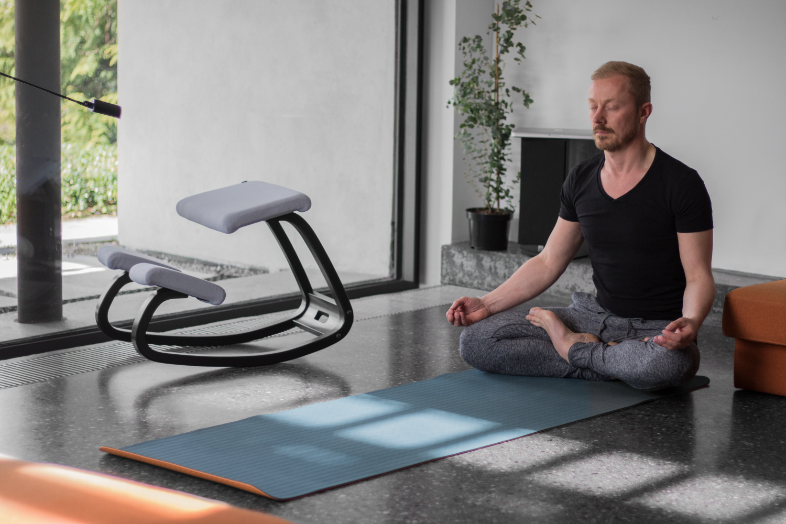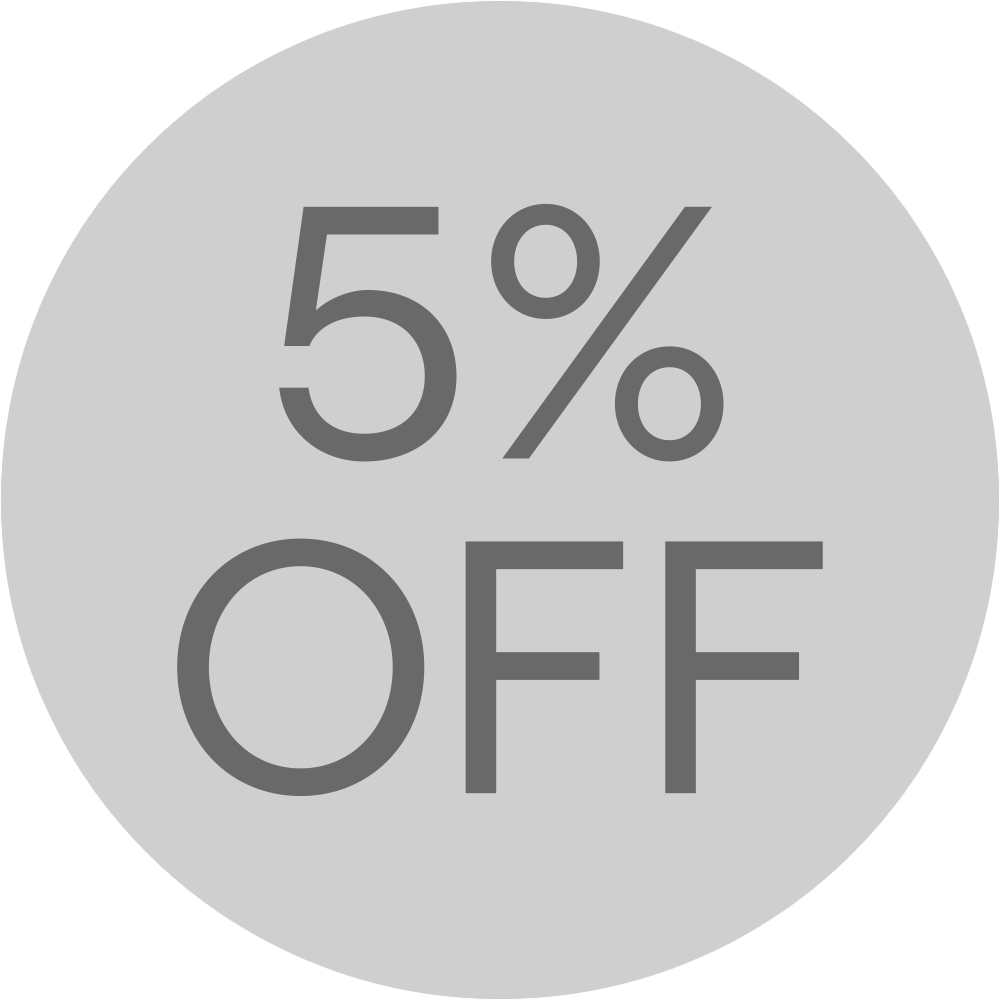In today’s modern world, there is an app for almost every situation. If something is wrong or needs improvement, we can pull out our iPhones and search for the solution. However, when it comes to our physical well-being, what we truly need is a physical adaptation to change the course of how we do things.
Many illnesses and chronic issues can be linked back to how we live in our physical bodies. Much like house maintenance, the longer you neglect your body, the more damaged the structure becomes. Those once small issues can quickly become much larger. That is what Physical adaptation is, your body gets used to its bad behavior and posture. I often get asked questions about how to get rid of pain or reduce symptoms. The way I translate these issues is “give me a quick fix to my problem.”
What if there isn’t a magic pill to heal your back pain, or improve your core? Instead, maybe it’s about awareness of how you move (or don’t move) in this world, and thinking about the environment that you put yourself in day after day. Should you consider a change in that environment to prevent your “house” from beginning to fall apart?
I teach yoga and fitness, but one thing I stress is to ask yourself the following questions: How can you take these movements into your everyday life? How can you transform your day-to-day routines so that you can increase your overall well-being? Participating in an hour-long yoga class or running five miles is an excellent start, but there are 23 more hours in the day that you need to take care of your body.
Decreasing the negatives is about increasing your well-being, and the best way to do that is by evaluating your environment.
- Take a look around you. Does your environment promote a sense of ease, reduced stress, fluid movement, and natural living?
- Consider how much natural light you are receiving in your workspace or home. Increasing natural lighting can boost serotonin, which can heighten your alertness and better your mood.
- Work to decrease clutter in your workspace and home. Physical clutter is easily transferable to both the feeling and experience of mental disarray. Having more fluidness in your workspace will positively affect work output.
- Evaluate if your workspace or overall environment promotes a lifestyle that encourages movement or if it fosters a sedentary lifestyle.
All too often, we have solutions right in front of us, and yet we struggle to make a genuine investment in our continued health. It is my observation that, as a culture, we have been trained to only make reactive investments in our health and wellbeing once we become sick or ailing.
Instead, become proactive. I have worked to do this in my life through some small steps.
I have dramatically reduced eye strain and the feeling of tiredness by not having the lights on in my office and by keeping the shades open during office hours, enjoying the natural light.
By taking the time to let go of possessions that no longer serve me, I have physically and energetically made room for the newness I am working towards.
Finally, I have begun re-evaluating my workspace and home life and investing in my family’s health on the front end. This has included creating standing workspaces, using functional chairs (like the Move), breaking stereotypes at the dinner table by enlisting our family in picnic-style dinners on the floor, and even by walking lunches. All of these creative and healthy choices have helped me to promote movement and a more fluid lifestyle for each of my family members.
These simple (and fun) changes have increased my overall total daily movement, which has reduced my stiffness, back, and neck pain. As if that wasn’t enough, I mentally feel better too. Take the time to evaluate and update, and enjoy the benefits!
This post is part of our Ambassador series.

Hope’s mission is to help others purposefully excel. Her own early struggle with a life-threatening eating disorder and then the loss of her first child led her to realize that her name is not just a name, but a symbol. Hope has helped change thousands of lives over the past 15 years, going beyond her experience in the fitness and wellness industry.



